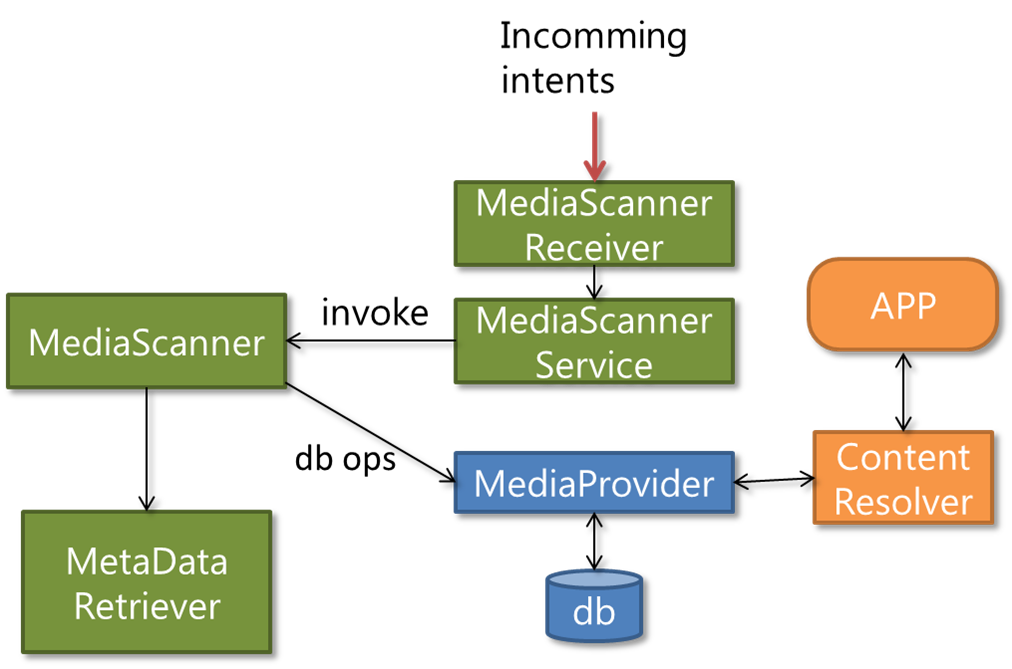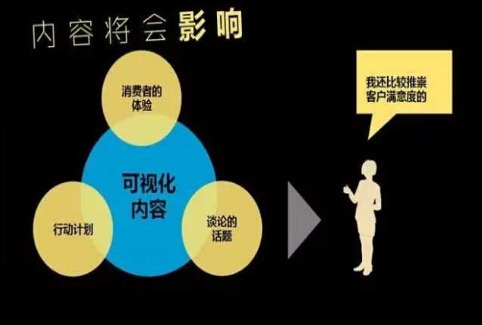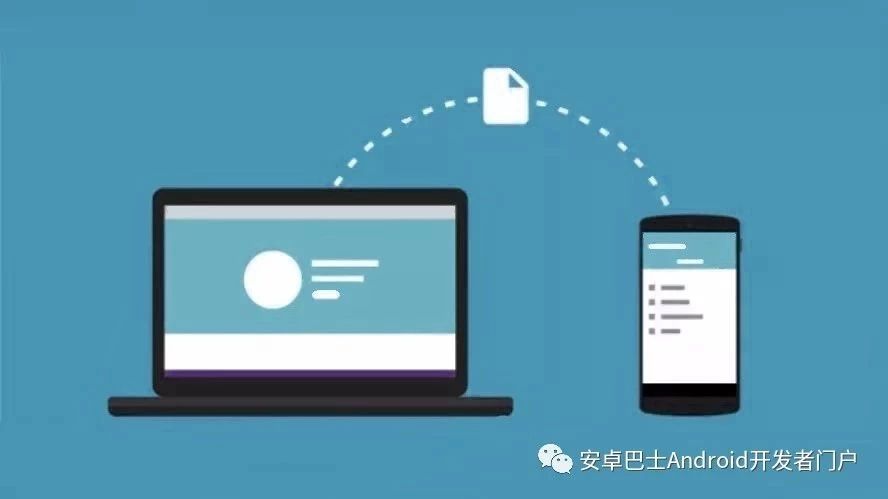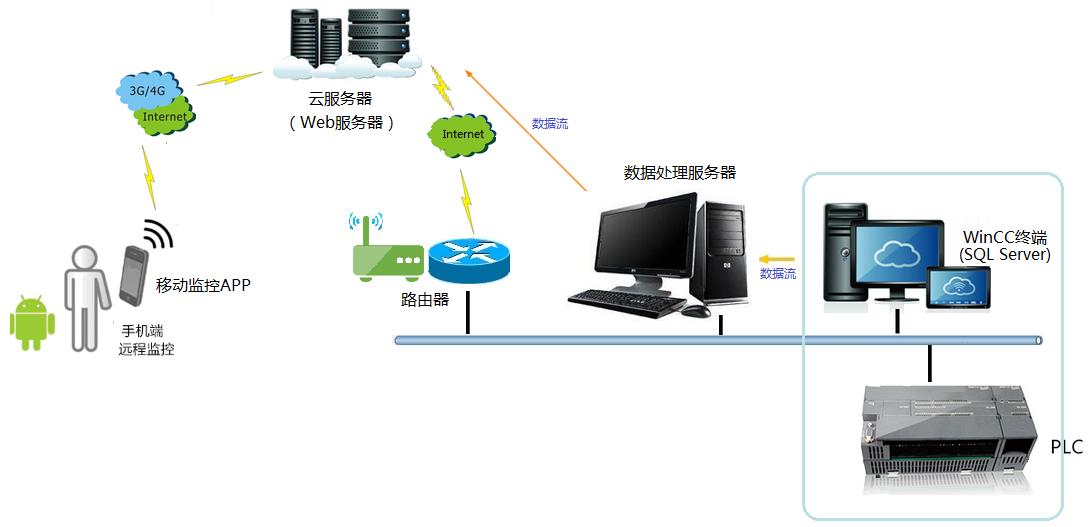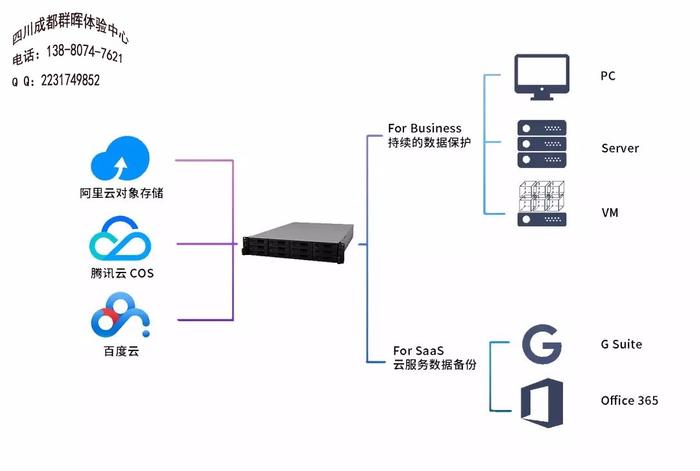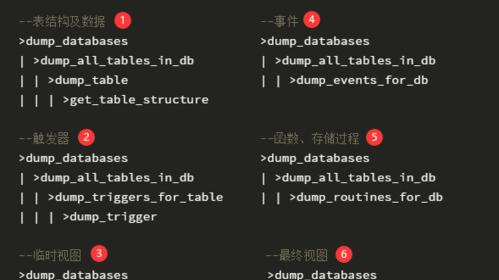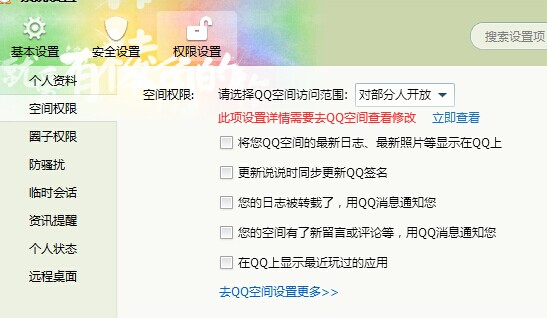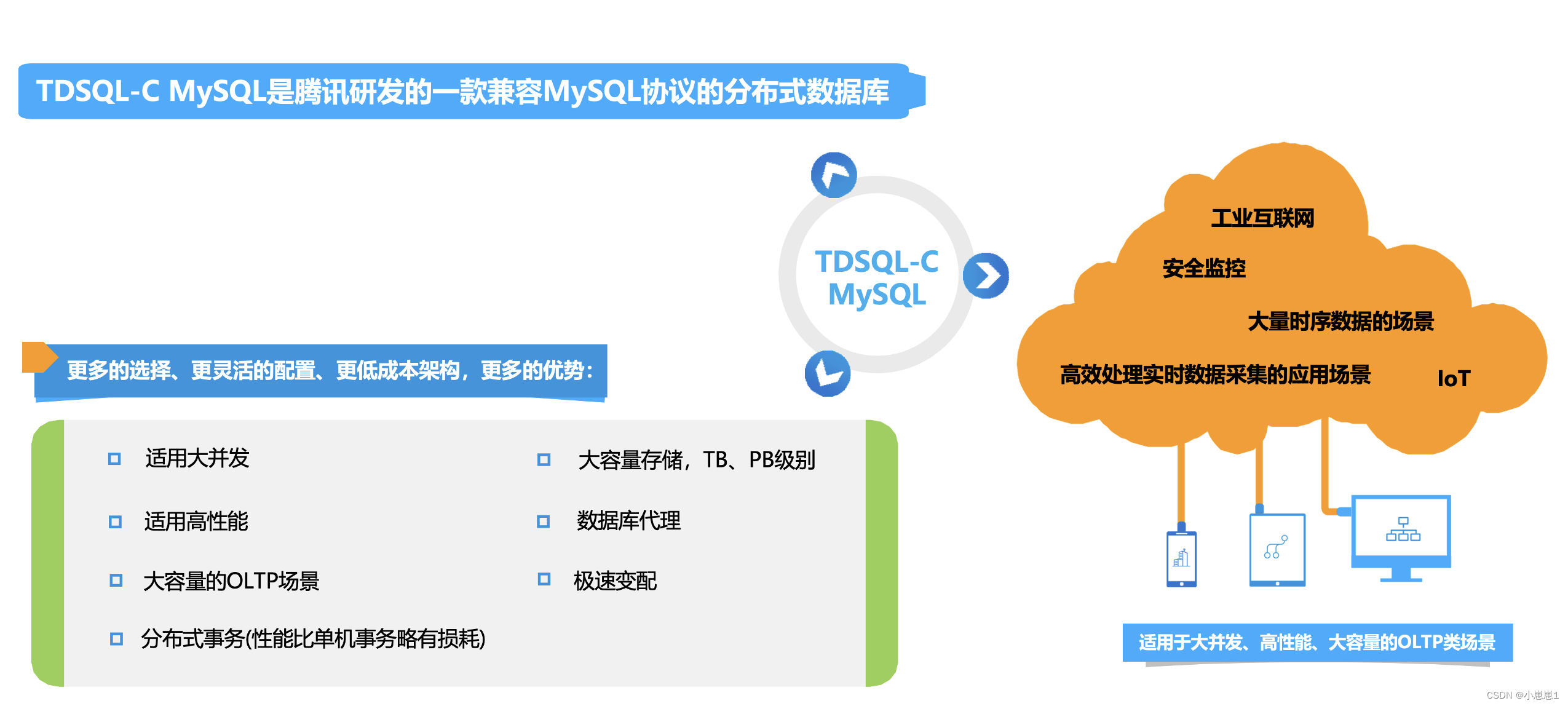安卓开发发送数据的代码
- 行业动态
- 2025-04-21
- 4
安卓开发发送数据的代码示例
GET请求发送数据
代码示例:
import java.io.BufferedReader;
import java.io.InputStream;
import java.io.InputStreamReader;
import java.net.HttpURLConnection;
import java.net.URL;
public class GetRequestExample {
public static void sendGetRequest(String targetUrl) {
new Thread(() -> {
HttpURLConnection connection = null;
try {
// 创建URL对象
URL url = new URL(targetUrl);
// 打开连接
connection = (HttpURLConnection) url.openConnection();
// 设置请求方法为GET
connection.setRequestMethod("GET");
// 设置超时时间
connection.setConnectTimeout(5000);
connection.setReadTimeout(5000);
// 获取响应码
int responseCode = connection.getResponseCode();
if (responseCode == HttpURLConnection.HTTP_OK) {
// 读取响应数据
InputStream inputStream = connection.getInputStream();
BufferedReader reader = new BufferedReader(new InputStreamReader(inputStream));
String line;
StringBuilder response = new StringBuilder();
while ((line = reader.readLine()) != null) {
response.append(line);
}
// 在主线程更新UI(需通过Handler)
// handler.sendMessage(...);
System.out.println("Response: " + response.toString());
} else {
System.out.println("GET request failed: " + responseCode);
}
} catch (Exception e) {
e.printStackTrace();
} finally {
if (connection != null) {
connection.disconnect();
}
}
}).start();
}
}
关键点说明:
| 步骤 | 说明 |
|———————|———————————————————————-|
| 创建URL对象 | new URL(targetUrl) |
| 打开连接 | url.openConnection() |
| 设置请求方法 | setRequestMethod("GET") |
| 处理响应码 | getResponseCode() 判断是否为 HTTP_OK |
| 读取输入流 | 使用 BufferedReader 逐行读取响应数据 |
| 异常处理与资源释放 | try-catch 捕获异常,finally 关闭连接 |
POST请求发送数据
代码示例:
import java.io.OutputStream;
import java.net.HttpURLConnection;
import java.nio.charset.StandardCharsets;
public class PostRequestExample {
public static void sendPostRequest(String targetUrl, String jsonData) {
new Thread(() -> {
HttpURLConnection connection = null;
try {
// 创建URL对象
URL url = new URL(targetUrl);
// 打开连接
connection = (HttpURLConnection) url.openConnection();
// 设置请求方法为POST
connection.setRequestMethod("POST");
// 设置请求头
connection.setRequestProperty("Content-Type", "application/json; charset=UTF-8");
// 允许输出数据
connection.setDoOutput(true);
// 写入请求体数据
try (OutputStream outputStream = connection.getOutputStream()) {
byte[] data = jsonData.getBytes(StandardCharsets.UTF_8);
outputStream.write(data);
outputStream.flush();
}
// 获取响应码
int responseCode = connection.getResponseCode();
if (responseCode == HttpURLConnection.HTTP_OK) {
System.out.println("POST request success");
} else {
System.out.println("POST request failed: " + responseCode);
}
} catch (Exception e) {
e.printStackTrace();
} finally {
if (connection != null) {
connection.disconnect();
}
}
}).start();
}
}
关键点说明:
| 步骤 | 说明 |
|———————|———————————————————————-|
| 设置请求头 | setRequestProperty("Content-Type", "application/json; charset=UTF-8") |
| 允许输出数据 | setDoOutput(true) |
| 写入请求体 | 通过 OutputStream 写入JSON数据 |
| 字符编码 | 使用 UTF-8 避免中文乱码 |

异步处理网络请求
代码示例:
import android.os.Handler;
import android.os.Looper;
public class NetworkUtils {
private static final Handler handler = new Handler(Looper.getMainLooper());
public static void runOnMainThread(Runnable runnable) {
handler.post(runnable);
}
}
调用示例:
// 在子线程中执行网络请求后更新UI
NetworkUtils.runOnMainThread(() -> {
// 更新UI操作,例如显示Toast或修改TextView
});
关键点说明:
| 工具 | 作用 |
|——————–|———————————————————————-|
| Handler | 将任务切换到主线程执行 |
| Looper.getMainLooper() | 获取主线程的Looper对象 |
权限配置
AndroidManifest.xml:
<uses-permission android:name="android.permission.INTERNET" />
相关问题与解答
问题1:如何解析服务器返回的JSON数据?
解答:
可以使用 Gson 或 org.json 库解析JSON数据。
import com.google.gson.Gson;
// 假设服务器返回的JSON为:{"name":"张三","age":25}
String jsonResponse = "{"name":"张三","age":25}";
Gson gson = new Gson();
Person person = gson.fromJson(jsonResponse, Person.class);
// Person类需定义对应字段和getter/setter
问题2:如何处理网络请求中的异常?
解答:
- 捕获异常:在
try-catch中处理IOException、MalformedURLException等。 - 超时设置:通过
setConnectTimeout和setReadTimeout避免长时间等待。 - 错误码处理:根据
getResponseCode()判断非200状态码(如404、500)。 - 日志记录:使用
Log.e打印错误日志,便于调试。
示例:
} catch (IOException e) {
Log.e("NetworkError", "IO异常: " + e.getMessage());
} catch (Exception e) {
Log.e("NetworkError", "未知错误: " + e.getMessage());
}

